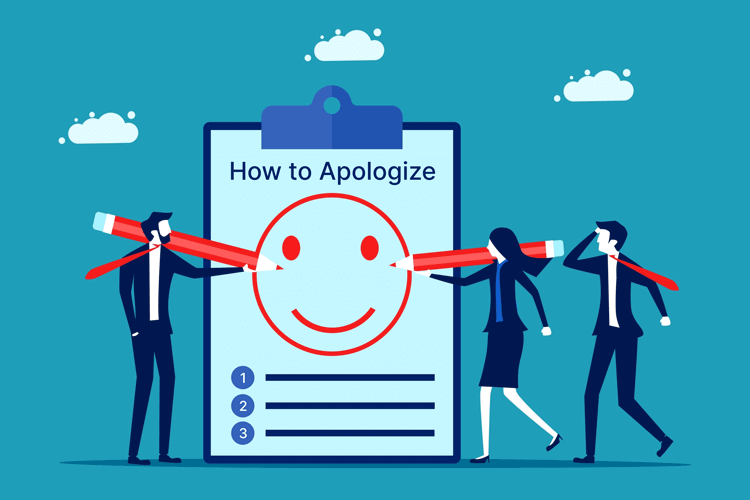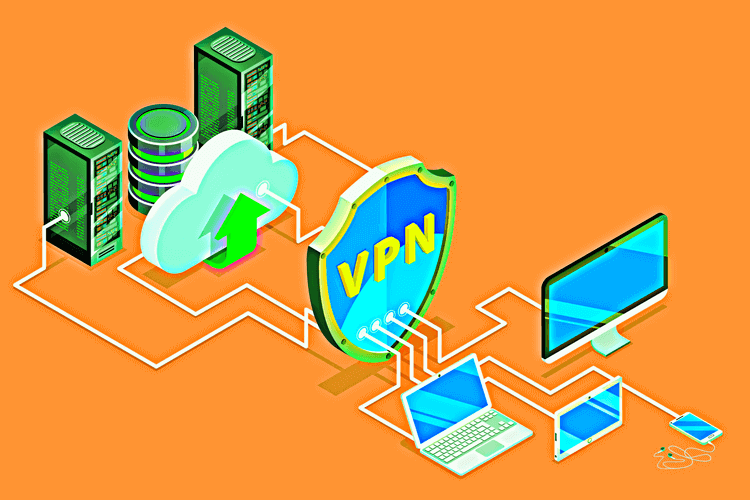Is Google Workspace HIPAA Compliant? Gmail, Meet, Drive & Other G Suite Apps
Rising data breaches in healthcare have paved the way for compliance laws to keep patients' medical data secure. Thousands of healthcare providers in the US are now legally required to adhere to the Health Insurance Portability and Accountability Act (HIPAA). As a result, they need to use HIPAA-compliant technologies when corresponding with clients and patients online.











